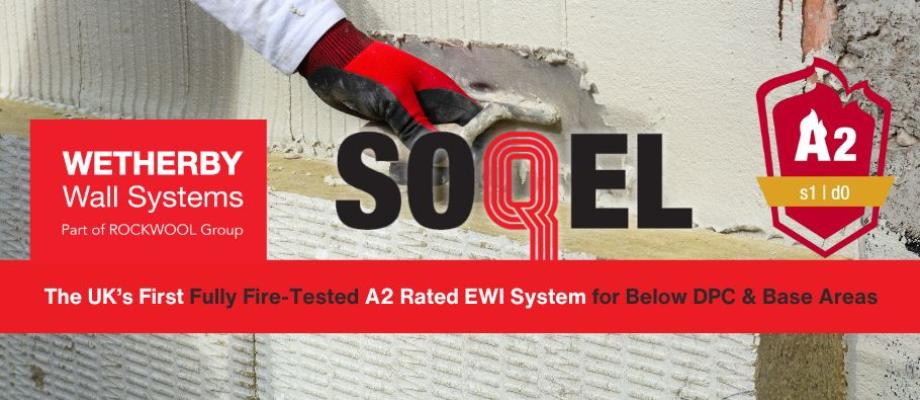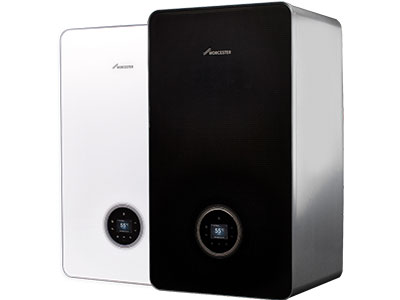Airtech tackles condensation and mould for landlords

The dangerous impact of poor indoor air quality (IAQ) on our health is now well established, with condensation, mould and the use of household products all adding up to create an unhealthy living environment. To combat this, Airtech, the mould and condensation control specialist, has developed a comprehensive service over the last 30 years to offer landlords solutions for healthy homes. Further expanding its range of data gathering ventilation solutions is the new Air+ Wall Positive Input Ventilation (PIV) that is ideal for apartments and smaller homes without a loft.
As housing becomes increasingly airtight to improve energy efficiency, more homes are being blighted by condensation, mould and the associated problems they bring. Not only does this create the need for redecoration, it can cause costly damage to the fabric of the building. Add to this the fact that it leads to poor IAQ, and landlords can have a serious problem on their hands. And with the new Homes (Fitness for Human Habitation) Act 2018 now in force, landlords are legally obligated to ensure that their properties are fit for human habitation from the start and throughout a tenancy, including the need for effective ventilation and freedom from damp.





















